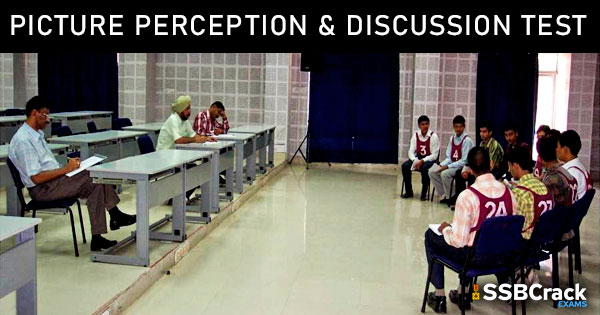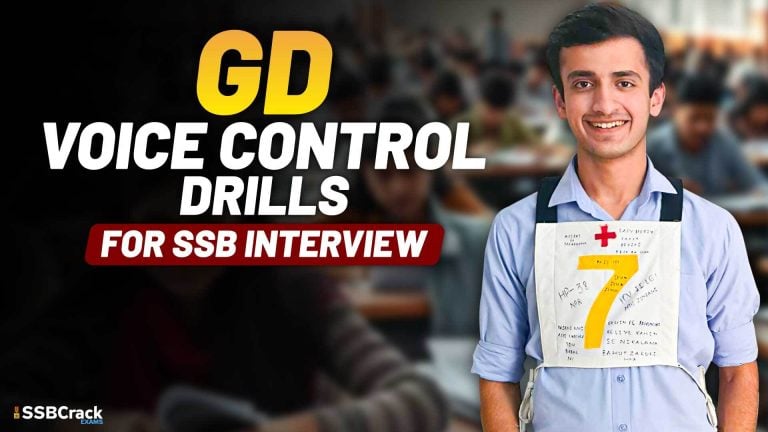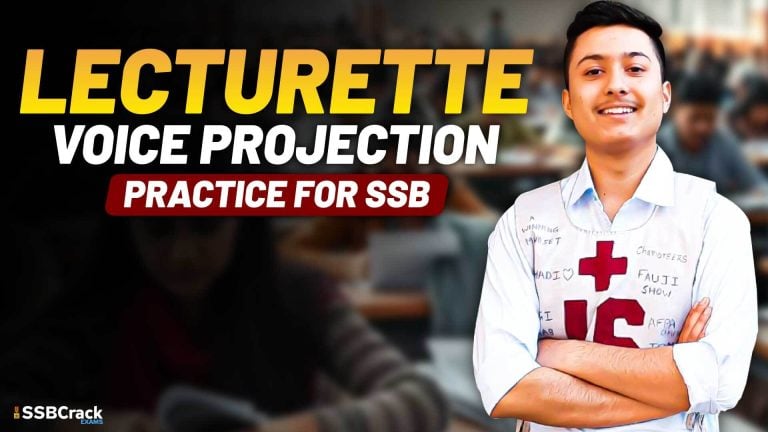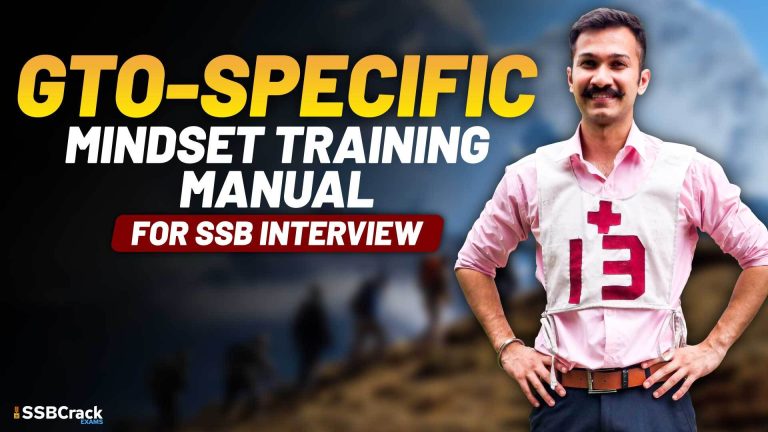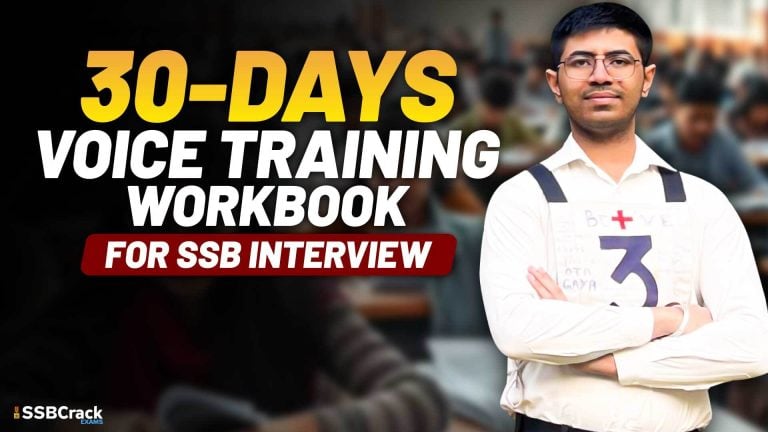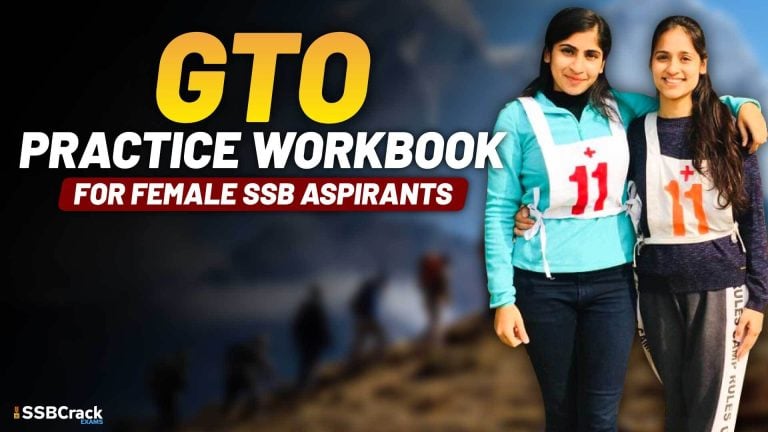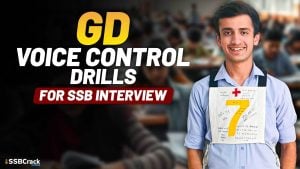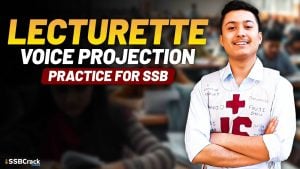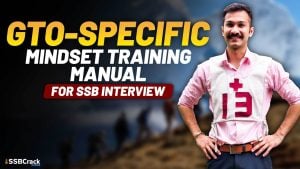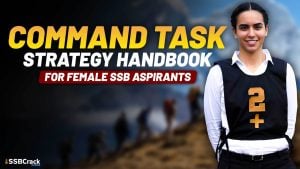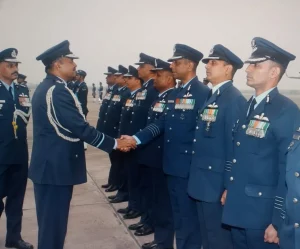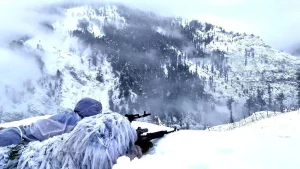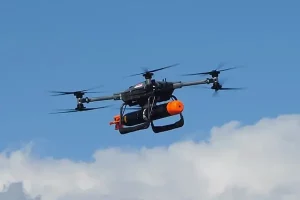What is PPDT? How to perform in PPDT? How to write PPDT Stories? PPDT also is known as Picture Perception and Discussion Test is one of the two tests conducted in Stage-1 testing of SSB interview, another one is officer intelligence rating test. Officer intelligence rating test consists of a written test in verbal and non-verbal questions which is very easy and do not count much for screening, moreover many candidates do good in OIR test, but PPDT plays an important role in the screening test.
Now we will discuss PPDT, what is PPDT and how to write and speak during PPDT. This would help freshers who certainly miss or get confused during PPDT story writing, narration and group discussion.
What is PPDT?
- PPDT stands for picture perception and discussion test, as the name suggests, you need to write a story on the picture shown, narrate it and then discuss among group members to make a common story.
How to write a story in PPDT?
- You will see the picture for 30 secs and then you will get 1 min to note down a few details and then 4 mins to write your story on the page provided by the SSB.
- In 1 minute you have to write down the details like the gender of the characters you have seen, their age, mood, and circle the character you have seen first.
- All these details have to be marked inside the box printed on the sheet provided by SSB.
- Write M/F/P for male/female/person(if the gender is not clear).
- Write +/-/0 for positive/negative/neutral mood.
- Write their age assumed by you and as per the picture shown.
- Circle the details of the character you have seen first.
- On the right-hand side of the sheet, you have to write the action happening in your story, it could be in 3-4 words like ” saving a child”, “Enjoying in vacation”, “helping a poor” etc
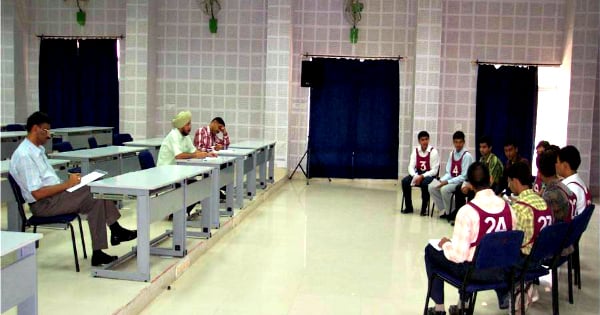
Picture Perception [Story Writing]
A sample of the PPDT story sheet:

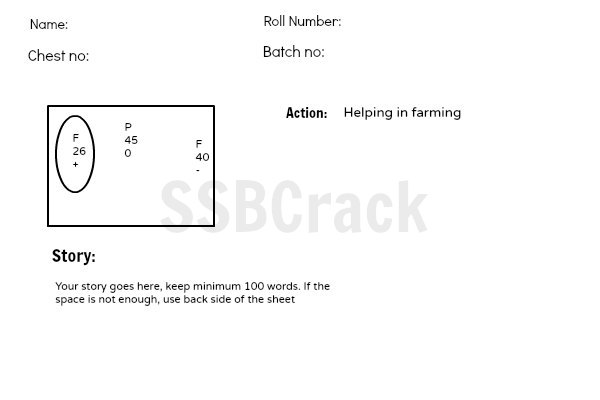
Assume that you have seen the picture(above) during story writing, it will be displayed till 30 secs and then 1 min for noting down a few details. Assumptions may vary from person to person, but try to assume practical and logical, if you find the character as a female, then write it as a female but male.
Details in the Box
- According to the picture, I have seen a female[F] character first on the very left side of the frame with positive mode and age around 26 years. So you can see what I have mentioned it in the box given.
- I have also seen another female[F] on the right-hand side of the frame with little sad facial expression (negative mood) and age around 40 years.
- I have seen another character in the middle of the frame, I not able to guess the gender so I marked it as a person [P] but I guess the age would be 45 years and mood is neutral.
- These assumptions may vary from person to person, one may see only two characters and others may assume it as a battleground, so it depends on how you think and respond to what you see.
Action Part: Coming to the action part, I find the scene of agricultural land, so my story is related to farming/ agricultural. After seeing the picture few keywords came to my mind like farming+poor+agriculture+help+fertilizers+drought+earning+livelihood etc, so based on that I assumed some story in my mind and based on that I wrote the action in very short.
Your Story: Once you are done with the above, you will get 4 mins to write the story, keep your story relevant to the picture and characters mentioned by you. Sometime you may not be able to finish the story in time, but that’s okay, you can add the missing parts while narrating but again make sure you do not change your story completely, but try to keep it relevant.
Discussion Test [Individual Narration + Group Discussion]
This part of screening which can make most of us nervous, as a matter of fact, individual narration and group discussion decides whether you stay for the day or screened out. So, use your full ability to perform well enough during narration and discussion.
This part consists of two things, one is individual narration and another is the group discussion. After the story writing, candidates will be divided in a group of 12 -14, all group members are supposed to sit in a semi-circular fashion. You will be getting a chance to read your story again just to revise before the individual narration starts.
Individual narration:
- Candidate with the least chest number starts narrating his/her story, once finished, the next candidate will start his/her narration. This will proceed till the last candidate.
- Once the narration starts, assessors will not interrupt and you are supposed to look or talk to assessors.
- You will be getting sufficient instructions from assessors before the narration starts.
- Try to keep your story short and to the point, you may get a maximum of 1 min to finish your narration.
PPDT Group Discussion:
- As soon as the last candidate completes his/her narration, group discussion begins among group members without any interruption from assessors.
- Generally, it starts with 6-7 candidates speaking/yelling at the same time, you are supposed to keep your calm and show maturity.
- The motto of the group discussion is to make a common story out of the picture shown.
- If the group discussion becomes fish market, assessors may divide the group into two halves. This makes the discussion easier because of fewer candidates in each group.
- You may get 5-10 mins for discussion.
- At last assessors will stop the discussion and tell the group to move out of the room.
PPDT/Screening Result:
- You will get your results after a few hours, those who are selected stay back for the next few days for stage-II testing.
- Don’t lose hope if you are not selected. Try to learn from your experiences.
PPDT and TAT
- PPDT is conducted in stage 1 testing and TAT is conducted during stage 2 testing.
- In both you need to write a story, PPDT has one picture but TAT has a set of 12 pictures.
- In PPDT you need to write a certain thing on your answer sheet like mood, sex, age etc but in TAT you just need to write a plain simple story based on what you saw.
- PPDT has a narration and group discussion part but TAT is just the story writing.
